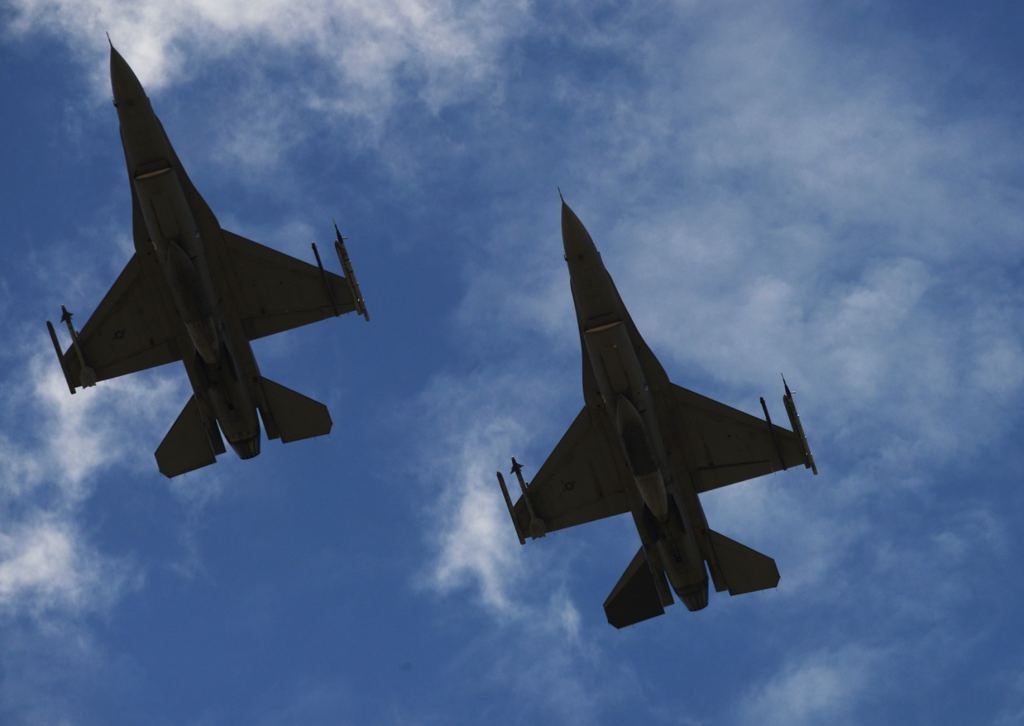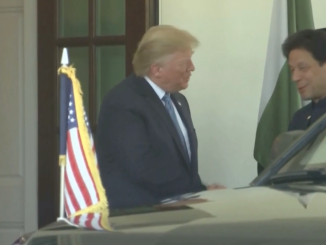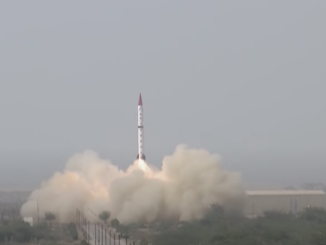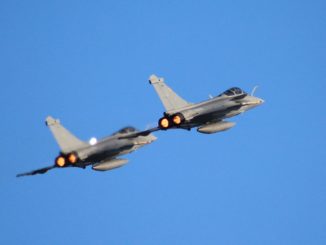
The military sector or military affairs have seen multiple revolutions, known as Revolution in Military Affairs (RMA). It is the successive and rapid changes in all things to do with the functioning and strength of the military that create an outcome significantly different from how it was before. Pakistan needs this revolution as contemporary issues have grown on a global scale with substantial impact factors for Pakistan. The need for an RMA in Pakistan stems from the fact that it is one of the state institutions responsible for providing and fostering national security via maintenance of state sovereignty and territorial integrity.
Persistent and Growing Issues
Nuclear weapons have continued to factor into deterrence and security calculation during any conflict or potential conflict between nuclear armed states or those benefiting from extended deterrence or security guarantees to that effect. The rhetoric of their use has been seen from India, most recently in the Pulwama/Balakot incident of 2019. In an example of going beyond than rhetoric, President Vladimir Putin placed Russia’s nuclear forces on high alert during the on-going Ukraine crisis. This is one of the most potent reasons for military modernisation and strengthening of conventional deterrence. For Pakistan, it can mitigate and create added rungs in an escalation and response ladder for any future crises.
Non-kinetic war and its many different manifestations or synonyms such as information war, cyber war, hybrid war, and 5th generation war, all require an RMA to be dealt. Induction of electronic resources and advanced technology reduces reliance on human personnel and increases efficiency of operations. Espionage, intelligence gathering, military operation theater communication and limited strikes, among others, are affected by the incorporation of emerging technologies. For instance, cyber technologies allow a military to conduct cyber-attacks on an adversary by using different shapes and sizes of computer technology instead of the conventional systems being deployed on ground in close proximity.
Non-kinetic war was made possible through new and emerging technology and in that list is Artificial Intelligence (AI) with the highest potency for a disruption factor. It transcends aiding non-kinetic warfare and can spill into every aspect of military technology and assets, from command and control of strategic assets and missile guidance to coalition of information by on-field intelligence personnel. AI allows for the improved performance of many military assets such as missiles or air defense systems. If being used by an adversarial state, to target the military, there must be a defensive system in place or an offensive latent capacity for a crisis situation. Both of those are possible through an RMA that focuses on AI and cyber technology.
The most existential issues of all, climate change, has various security dimensions that threaten national security but more specifically impact the military as well. This is through an indirect threat multiplier role and directly as well. The increasing requirement for the military to respond to Humanitarian Assistance and Disaster Relief (HADR), could reduce force capacity through resource dilution. An RMA focusing on emerging technologies can create more space for the military’s role in HADR by reducing reliance on personnel in other areas.
Another contemporary issue and most specific to Pakistan is a pattern of increasingly aggressive actions and tendencies of India which brings regional stability into question. The Pulwama/Balakot incident is a case in point where India thought it would be a good idea to carry out an airstrike where the other party is a nuclear armed state. Most recently, the Brahmos incident where a cruise missile was launched from India and landed inside Pakistan’s territory was first stated as a technical accident. Later, it was portrayed as an individual officer’s action causing the launch instead of a technical glitch. The command-and-control system of India’s defense assets is either technically lacking in capacity or is weak and easily manipulated by lower ranking officials which questions its peace time stability and crisis safety.
Avenues of Modernisation for an RMA
Pakistan’s military has put a lot of effort in its more conventional system’s modernisation. The HQ-9P and J10-C acquisition and upgradation of JF-17 to block III falls in the list of those commendable efforts among other armored divisions’ modernization such as the VT-4 Main Battle Tank purchase. However, the emerging technology domain has remained in the background even though it can provide a significant asymmetrical advantage to a military whose primary calculations are based on that very disadvantage vis a vis India. The indigenous production of Unmanned Aerial Vehicles (UAVs) is a great move as well as its joint production initiatives with countries like China and Turkey. UAVs are comparatively more cost effective and will help Pakistan’s military balance for national security.
Also, Unmanned Underwater Vehicles (UUVs) can and should be explored as a crucial step in offsetting the naval balance Pakistan faces. This will free up the naval fleet to have a larger role deeper into the Arabian Sea and Indian Ocean as well. It could be made a part of Project AZM as a joint services program or through the navy’s own Naval Research and Development Institute as a collaborative project with China, given its HSU001 release in 2019. These efforts for conventional military modernisation leading to an RMA also give the indication and fertile ground for its expansion.
Most importantly, statements from the military leadership itself point to the realization of the necessity of modernisation of not just of purely conventional systems but also of emerging technologies. Pakistan’s Chief of Army Staff (COAS), General Qamar Javed Bajwa, said in 2021 that the army will focus on enhancing its capabilities in ISR (intelligence, surveillance, and reconnaissance) and cyber domains. Once can predict that the future will hold added and tangible efforts to that effect. A foundational step in that direction was the inauguration of the National Cyber Security Academy at Air University, Islamabad which should create a domino effect military modernisation using emerging technologies leading to an RMA in Pakistan.
Next Steps
The cyber domain provides a comprehensive set of benefits that can help in dealing with these upcoming issues which can negatively impact Pakistan and provide asymmetrical advantages. This makes the domain more suitable for Pakistan given a small fiscal space. Enhancements and improvements in the military’s cyber capabilities will allow it to further defend its important and strategic assets from cyber-attacks but also reserve a latent offensive capacity in a worst case scenario crisis where adversarial actions cross red lines.
Advanced smart computing technologies such as the Internet of Things, machine learning, cryptography and a general high powered computing ability incorporated into the military structures and functioning can give asymmetrical offensive advantage and a boosted defensive capability. Additionally, improved conventional deterrence, through cyber technologies (defensive and offensive), is also required as India has continued to act on and show an inclination for limited conflict and aggressive incursions under the nuclear umbrella.
The intelligence sector of Pakistan is well reputed and capable of fulfilling its duties of protecting the state. It can be improved, however, through better intelligence via satellite and cyber technologies, which should be produced indigenously. SUPARCO and the vast pool of human capital present in the relevant faculties of Pakistani universities provide resources for that endeavor. To benefit from best practices, more experience, and better knowledge, there could also be joint collaboration with other states well versed in the area such as China. Moving from traditional intelligence networks to advanced ones by using AI and machine learning will also be a practice in applying Sun Tzu’s time-tested principle, that the one who knows himself and his enemy will not face surrender in countless battles.
![]()




Good Faraz very well written, Keep it up.